
Hands-On Explainable AI (XAI) with Python. Interpret, visualize, explain, and integrate reliable AI for fair, secure, and trustworthy AI apps Denis Rothman
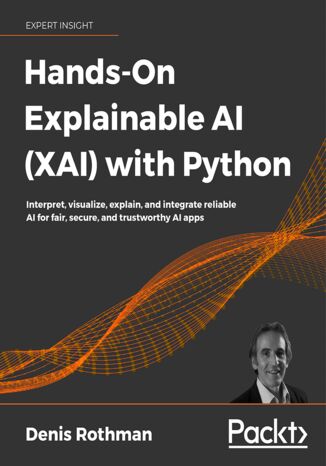



- Autor:
- Denis Rothman
- Wydawnictwo:
- Packt Publishing
- Ocena:
- Stron:
- 454
- Dostępne formaty:
-
PDFePubMobi
 opcje wysyłki »
opcje wysyłki »
Opis
książki
:
Hands-On Explainable AI (XAI) with Python. Interpret, visualize, explain, and integrate reliable AI for fair, secure, and trustworthy AI apps
Hands-On Explainable AI (XAI) with Python will see you work with specific hands-on machine learning Python projects that are strategically arranged to enhance your grasp on AI results analysis. You will be building models, interpreting results with visualizations, and integrating XAI reporting tools and different applications.
You will build XAI solutions in Python, TensorFlow 2, Google Cloud’s XAI platform, Google Colaboratory, and other frameworks to open up the black box of machine learning models. The book will introduce you to several open-source XAI tools for Python that can be used throughout the machine learning project life cycle.
You will learn how to explore machine learning model results, review key influencing variables and variable relationships, detect and handle bias and ethics issues, and integrate predictions using Python along with supporting the visualization of machine learning models into user explainable interfaces.
By the end of this AI book, you will possess an in-depth understanding of the core concepts of XAI.
Wybrane bestsellery
Denis Rothman - pozostałe książki
Packt Publishing - inne książki
Dzięki opcji "Druk na żądanie" do sprzedaży wracają tytuły Grupy Helion, które cieszyły sie dużym zainteresowaniem, a których nakład został wyprzedany.
Dla naszych Czytelników wydrukowaliśmy dodatkową pulę egzemplarzy w technice druku cyfrowego.
Co powinieneś wiedzieć o usłudze "Druk na żądanie":
- usługa obejmuje tylko widoczną poniżej listę tytułów, którą na bieżąco aktualizujemy;
- cena książki może być wyższa od początkowej ceny detalicznej, co jest spowodowane kosztami druku cyfrowego (wyższymi niż koszty tradycyjnego druku offsetowego). Obowiązująca cena jest zawsze podawana na stronie WWW książki;
- zawartość książki wraz z dodatkami (płyta CD, DVD) odpowiada jej pierwotnemu wydaniu i jest w pełni komplementarna;
- usługa nie obejmuje książek w kolorze.
Masz pytanie o konkretny tytuł? Napisz do nas: sklep@helion.pl
Książka drukowana



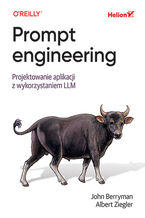




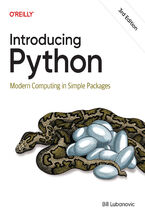



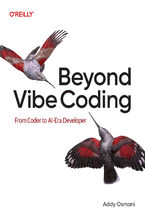

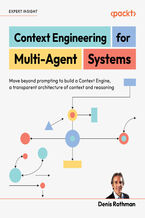
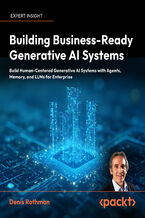

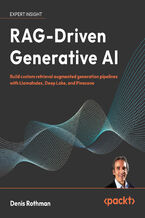
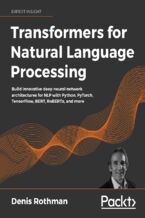
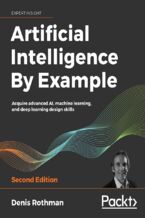
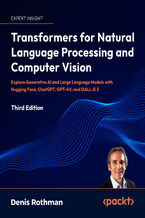
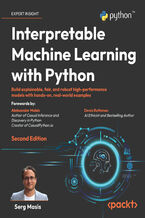
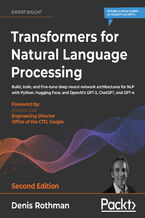
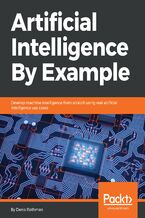





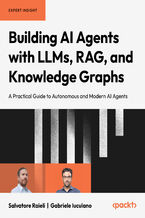

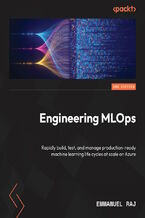

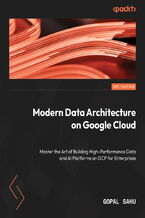
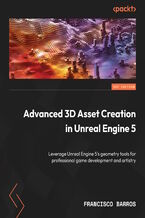
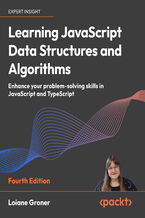
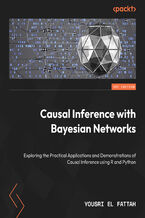





Oceny i opinie klientów: Hands-On Explainable AI (XAI) with Python. Interpret, visualize, explain, and integrate reliable AI for fair, secure, and trustworthy AI apps Denis Rothman
(0)